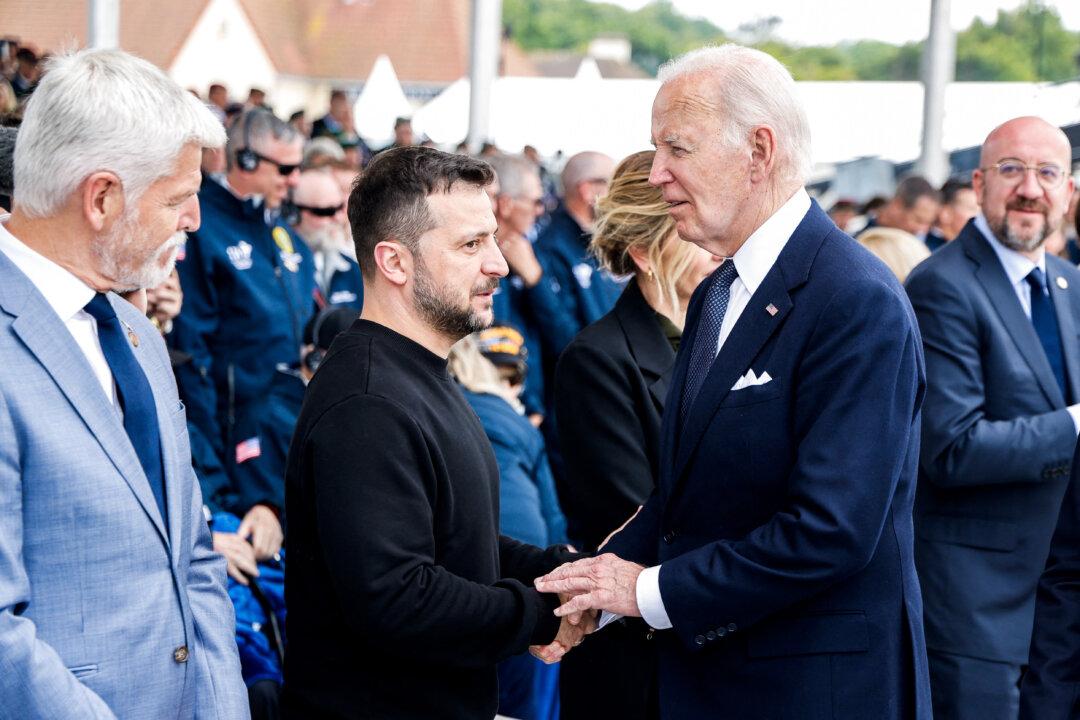The Pentagon announced on May 28 that U.S. military personnel had detached and hauled away the damaged pier, to begin repairs at the southern coastal Israeli city of Ashdod.
Supply Traffic Increase
Vice Adm. Cooper indicated the reconstructed JLOTS pier will now be able to facilitate an even greater volume of humanitarian supplies.During the original construction phase, the Pentagon said the pier would be able to handle about 90 truckloads of food and other humanitarian supplies into Gaza on average every day at the beginning, with a goal to expand to about 150 truckloads per day.
By the time the pier broke apart on May 25, after just eight days operating, the Pentagon said around 1,000 metric tons of aid had transited the system.
Vice Adm. Cooper said Friday that, once the military resumes operations, delivery rates will ramp up. He set a goal to soon have 1 million pounds of food and other supplies flowing over the pier into the Gaza Strip every two days.
The U.S. military has used both the JLOTS pier and air-drops to facilitate increased humanitarian assistance to the embattled Gaza Strip, amid signs of a burgeoning famine.
Ms. Power said at the time that while humanitarian supply deliveries through the Gaza land crossings had improved somewhat, “the destruction of greeneries, and markets, and arable land, and then the fact that so few trucks got in over so many months means we have massive catch-up to do.”
The United Nations has estimated about 500 truckloads of humanitarian supplies and private sector goods reached the Gaza Strip daily through land crossings before the start of the current conflict.
President Joe Biden announced a three-phase ceasefire proposal last week that includes provision for an average of 600 truckloads of humanitarian supplies to enter the Gaza Strip every day.
Pentagon Lowers Pier Cost Estimate
Pentagon officials have previously estimated the JLOTS pier would cost around $320 million to reach its initial operational capacity.Ms. Singh said the new storm repair costs were factored into her revised estimate for the JLOTS mission, though she noted the cost estimates may continue to change.
“While assessments are ongoing, this assessment—this estimate does include some of the costs associated with the repairs and rebuilding of the pier,” she said. “And just as a reminder, these are estimates and initial assessments, and the cost could fluctuate depending on the length of the mission and future costs, an example of that being additional repairs.”







